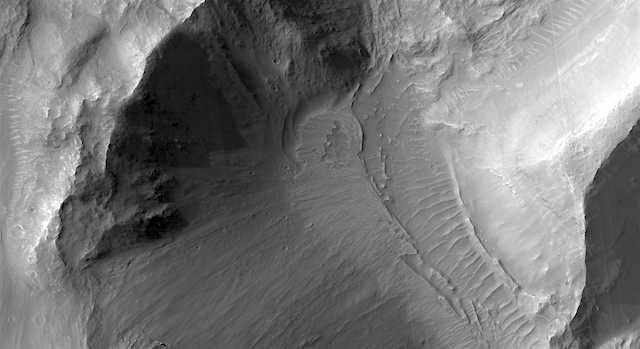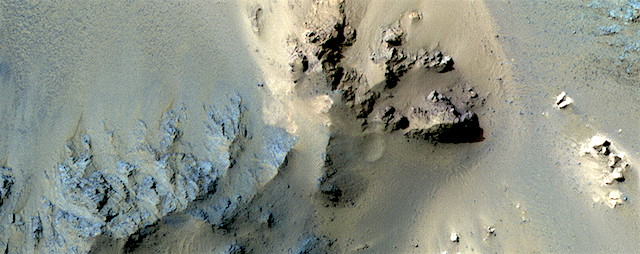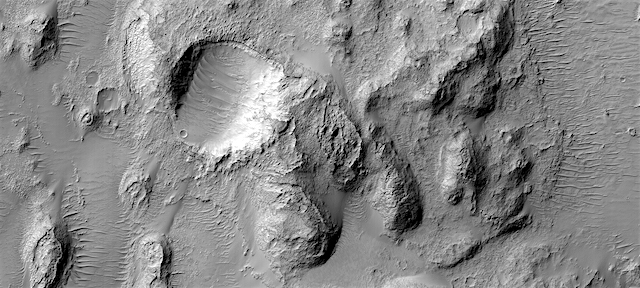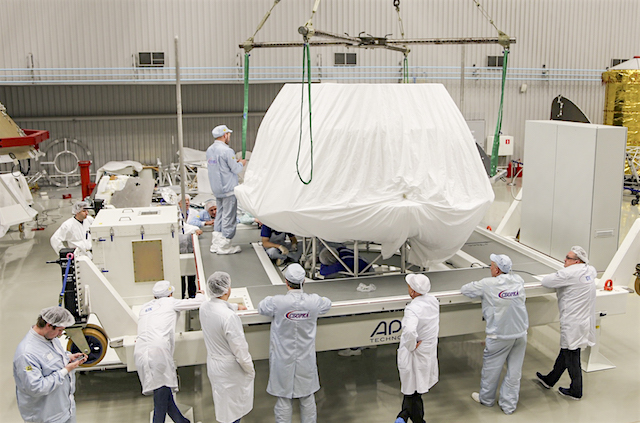 [Editor’s note: From a paper by Monica Pondrelli and six co-authors recently published in the Journal of Geophysical Research.]
[Editor’s note: From a paper by Monica Pondrelli and six co-authors recently published in the Journal of Geophysical Research.]
Groundwater Control and Process Variability on the Equatorial Layered Deposits of Kotido Crater, Mars
• We mapped the Equatorial Layered Deposits of Kotido crater, recognizing their geological variability and stratigraphic relations
• Fluid expulsion processes controlled by groundwater fluctuations appear to be the driving mechanism on the deposition/preservation
• The importance of groundwater control raises issues on the possible lateral relations with other deposits/morphologies in Arabia Terra
Light‐toned layered deposits rich in sulfates are widespread on Mars in several locations. Understanding how these deposits formed is crucial to infer the climatic conditions during Martian history and, in light of the fact that potentially similar deposits on Earth have been shown to be conducive to bacterial life, is critical in the search for habitable environments on Mars. We focused on Kotido crater because it shows a remarkable infill and excellent data coverage. We drew a detailed geological map, recognizing subunits interbedded within the layered deposits: light‐toned and darker‐toned layers, subconical mounds, and associated fractures.
We interpret these materials to result from episodes of water upwelling sourced from the subsurface: a mixture of fluids, gases, and sediments emerged in Kotido leading to the deposition of the different subunits depending on the relative ratio of the upwelling materials in the different phases. The mounds and fractures would represent the morphological expression of the upwelling process, while the light‐ and darker‐toned material would represent the resulting deposits. The proposed mechanism is identical to that of terrestrial environments such as playa and spring deposition typical of arid settings where bacterial life is well adapted. [More at link]
 THEMIS Image of the Day, March 25, 2019. This false-color VIS image shows part of northern Terra Sabaea. Blue tones in false-color images usually indicate basaltic sand.
THEMIS Image of the Day, March 25, 2019. This false-color VIS image shows part of northern Terra Sabaea. Blue tones in false-color images usually indicate basaltic sand.

















